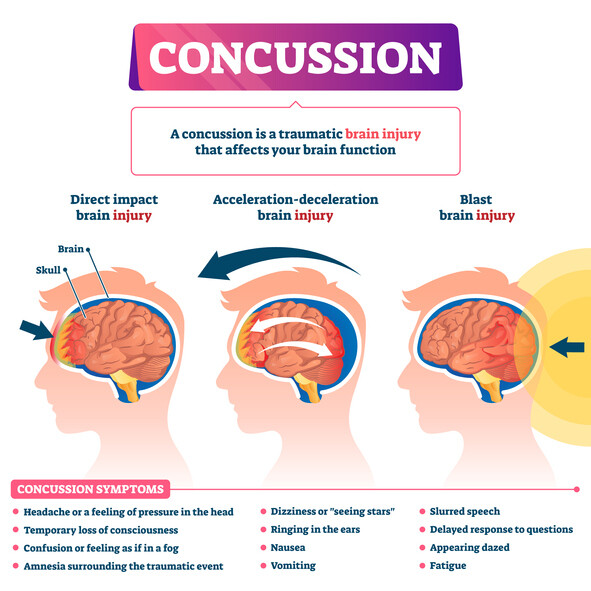The number of assessment and evaluation tools for traumatic brain injuries has grown exponentially since the turn of the century. Some of the early assessment tools were useful for assessing the severity of an injury after the accident, and some of the more modern ones have been tailored to do a better job at tracking progress during the recovery. There are over two dozen medically recognized and regularly utilized brain injury assessment tests. In the article, we will discuss the Glasgow Coma Scale, some of the more common tools for immediate assessment, some of the common tests and evaluation tools for those suffering from long-term effects, as well as some of the new technology used.

The Glasgow Coma Scale is one of the primary tools used to assess a traumatic brain injury. A person’s ability to open their eyes, verbally respond, and use their motor skills are graded on a scale of 1 to 6 with various stipulations. With poor or no response being given the number one, and the greater ability to respond given larger numbers. At higher the total score, theoretically, the better off you were.
While it is still used, it has many disadvantages. First off, it takes specialized training to administer it, and it has many subjective components that can result in variations of the total score. Additionally, there is a lot of variability in the scoring between the types of impaired functions, such as someone who has severe inability to respond verbally could wind up with an intermediate score because of the other two testing areas. The scoring is also considered particularly ineffective with children.
There are a large number of assessment tools and tests that are regularly used by physicians to determine the potential severity of a concussion, traumatic brain injury, and recovery. These tools are often utilized to determine if more sophisticated testing, such as computerized neurocognitive tests or imaging are needed.
Some of the more common concussion grading systems include the Acute Concussion Evaluation. This tool is generally a questionnaire and is particularly useful as it can be used in succession to determine if recovery is potentially being made or has stalled.
Other similar systems include the Graded Symptom Checklist and Graded Symptom Scale, the Health and Behavior Inventory, The Post-Concussion Symptom Scale, and the Rivermead Post-Concussion Symptoms Questionnaire.
Human error in the interpretation of results has long plagued the accurate measuring of concussions and traumatic brain injuries and, in particular, measuring recovery. Fortunately, extensive computer testing has been created in an attempt to provide alternative means to assess and evaluate concussions.
One of the most popular of the computerized concussion and traumatic brain injury tests is known as the ImPACT test, which stands for Immediate Post-Concussion Assessment and Cognitive Testing. It isn’t one test, but rather an online computerized neuropsychological test battery that has three basic components. The first component is a demographic section to help ascertain prior history, neurological disorders, and similar factors that could skew testing.
The Second Component of the ImPACT test is a self-report portion taken by the athlete regarding 22 concussion type symptoms on a seven-point scale. The last portion is a test of six neuropsychological test modules that evaluate attention processes, verbal recognition memory, visual working memory, reaction time, sequencing, and visual processing.
If you suffered an injury to the head, you should seriously consider seeking medical advice to determine the severity of your traumatic brain injury. The Eason and Tambornini traumatic brain injury attorneys highly recommend that when seeking medical advice, give serious consideration to taking a close friend or relative with you, as they may have noticed behavior differences that you do not. If you have been in an accident and are still suffering symptoms of a traumatic brain injury, please contact one of our Eason and Tambornini Sacramento brain injury lawyer for a free consultation.

